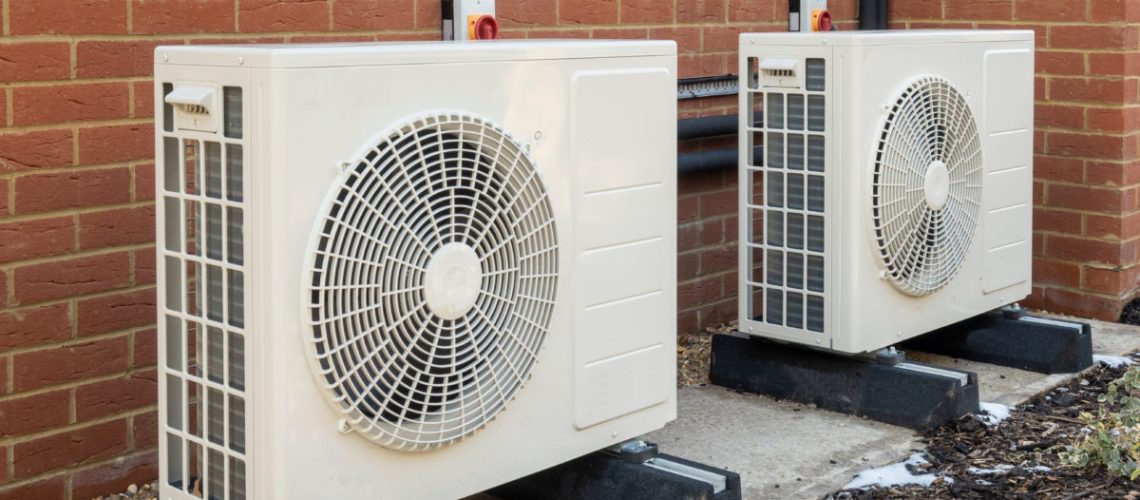Lennox developed the first prototype that achieved the DOE’s Cold Climate Heat Pump Technology Challenge’s standards about a year ahead of schedule.
Many Americans are giving heat pumps serious consideration as they try to reduce their dependence on oil and gas. Heat pumps, when combined with low-carbon electricity sources such as solar, can cut greenhouse emissions while saving families as much as $500 a year on their utility bills, according to the DOE. One drawback, however, has been the performance of heat pumps in cold climates.
In recent years, specialized cold-climate heat pumps have been designed that operate efficiently in temperatures below 32 F. Last year the US Department of Energy launched the residential Cold-Climate Heat Pump Technology Challenge to stimulate domestic development of these cold-climate heat pumps (CCHP), which can help reduce energy costs and move the United State further along the path to achieving President Biden’s goal of a net-zero carbon economy by 2050. The Challenge has two categories: CCHPs that are efficient at 5 F and below; CCHPs optimized for -15 F. Product prototypes were due in early 2022, and the first results of lab testing are in.
The DOE announced that Lennox International is the first partner in DOE’s Challenge. Lennox, based in Richardson, Texas, developed the first prototype that achieved the Challenge’s standards about a year ahead of schedule, delivering 100% heating at 5 F at double the efficiency, and 70% to 80% heating at -5 F and -10 F. DOE’s Oak Ridge National Laboratory validated the performance and efficiency of Lennox’s prototype.
“DOE’s Cold Climate Heat Pump Challenge calls on American businesses to make heat pumps more effective at heating and cooling, more efficient in their energy use, and more attractive options for consumers—so more households can unlock $500 in savings each year on utility bills. With this newest prototype, Lennox has answered that call,” said Jennifer M. Granholm, US Secretary of Energy. “Tapping into the emerging clean energy market is a huge economic opportunity that will bring a bolstered manufacturing sector, good paying jobs, and a brighter, cleaner future to Texas and communities across America.”
Lennox is one of nine manufacturers competing in the CCHP Technology Challenge. The next step for this product and others that meet the CCHP Technology Challenge is to put them through trials in cold climate regions over the next two years to demonstrate performance, efficiency, and comfort when applied in the field throughout a winter. Deployment and commercialization are planned for 2024. Utility partners will work with DOE to establish consumer incentives to encourage adoption, and state partners will also develop education and outreach campaigns. More than 20 utilities, cooperatives, and state agencies have committed to the Challenge.
The lifetime cost study by Carbon Switch found that the average cost of a heat pump is $14,000 after rebates. But there’s a huge difference in costs depending on rebates available, size of the home, location, whether the home needs ducts, and more. It also didn’t look at the rising cost of electricity, which is important in light of many utilities substantially hiking energy costs. In another study conducted in 2021, researchers found that heat pumps were cost competitive with propane in isolated areas in northern climates, regardless of whether a PV system is installed or not. The cost-optimal solution was found to be solar powered, especially if used for hot water production, assuming that solar module costs will further drop in the future.



